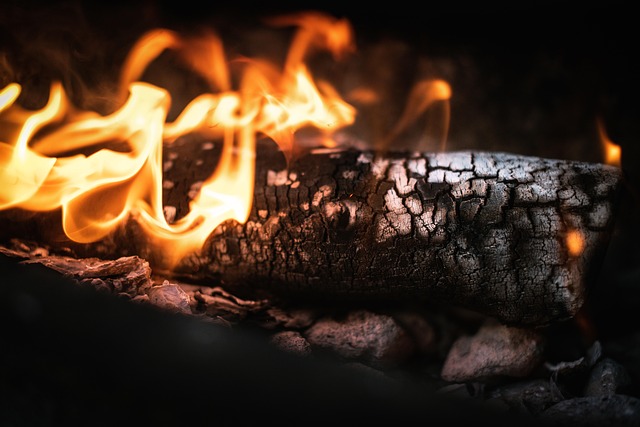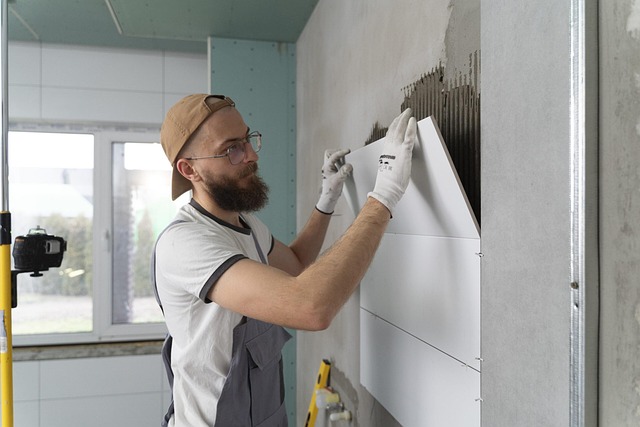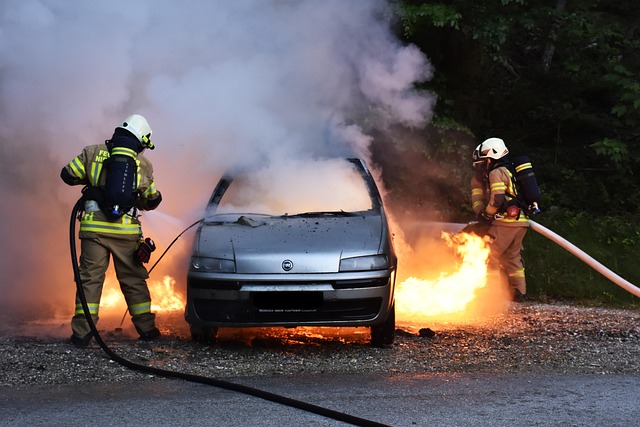Smoke from fires can severely impact Texas homeowners' HVAC systems, leading to contaminated air and equipment wear. To protect health, prevent corrosion, and maintain indoor air quality, proper sanitization is crucial during fire damage insurance claims. Homeowners should thoroughly inspect and document HVAC damage, review policy coverage for smoke restoration, and utilize policies offering personal property protection and loss of use benefits. Prioritize ductwork sanitization before replacement, keep detailed records of communications, estimates, and receipts for smoother claims processes.
Smoke damage from a fire can severely impact your Texas home’s HVAC system, requiring specialized sanitation. This article guides you through understanding smoke damage effects on HVAC systems and navigating fire-related insurance claims efficiently. We provide practical tips for homeowners post-cleanup, ensuring a safe and healthy environment. Discover the steps to take, from assessing damage to effective sanitization techniques, to help you recover from fire damage and protect your investment.
- Understanding Smoke Damage and Its Impact on HVAC Systems
- Navigating Insurance Claims for Fire-Related HVAC Sanitation
- Effective Steps for Homeowners Post Smoke Damage Cleanup
Understanding Smoke Damage and Its Impact on HVAC Systems

Smoke damage from a fire can have severe consequences for your home’s HVAC (Heating, Ventilation, and Air Conditioning) system. When smoke particles and gases infiltrate the ductwork, they can leave behind residue that not only contaminates the air but also causes significant wear and tear on the equipment. This is particularly concerning for Texas homeowners who often face the challenge of fire damage due to extreme weather conditions.
Fire damage insurance claim tips for Texas residents suggest prioritizing HVAC sanitization as a crucial step in the restoration process. The smoke can corrode metal components, reduce the efficiency of the system, and even lead to health issues for occupants if not addressed properly. Understanding the impact of smoke on your HVAC is essential to ensure the indoor air quality remains safe and healthy after a fire-related incident.
Navigating Insurance Claims for Fire-Related HVAC Sanitation

Navigating insurance claims for fire-related HVAC sanitation can be a complex process, especially for Texas homeowners. After a fire, it’s crucial to understand that your policy may cover repairs and replacements, but the specifics depend on your coverage type and the extent of the damage. Start by thoroughly inspecting your home’s HVAC system and identifying any smoke or soot contamination. Document the damage with photos and videos, as this will be essential for your claim.
Next, review your insurance policy to determine what’s covered. Check for clauses related to smoke damage restoration and consult with your insurer about their specific requirements for filing a fire damage insurance claim. In Texas, many policies include coverage for personal property protection and loss of use, which can help offset the costs of temporary accommodations during repairs. Keep detailed records of all communications, estimates, and receipts related to HVAC sanitation to streamline the claims process and ensure you receive adequate compensation.
Effective Steps for Homeowners Post Smoke Damage Cleanup

After a fire, Texas homeowners often face the challenge of smoke damage cleanup, especially in their HVAC ducts. Before replacing any components, it’s crucial to sanitize and clean the ductwork thoroughly. Start by turning off your heating or cooling system to prevent further contamination. Next, remove all accessible grates, filters, and vents for deep cleaning. Use a vacuum with a HEPA filter to suck out as much smoke residue as possible. For stubborn odors and particles, consider using specialized cleaning solutions approved for smoke damage. These products can help restore the air quality within your home.
Once cleaning is complete, inspect your ducts for any visible signs of damage or obstructions. If there’s considerable debris buildup or the ducts have been compromised, it might be best to replace them entirely to avoid future health risks. When filing a fire damage insurance claim, keep detailed records of all cleanup and repair expenses. Document with photos and receipts as this will assist your insurance provider in processing your claim efficiently, ensuring you receive compensation for essential steps like HVAC duct sanitation.
Smoke damage from a fire can severely impact HVAC systems, necessitating thorough sanitation and replacement. For Texas homeowners dealing with fire-related HVAC issues, understanding your insurance coverage and taking proactive steps post-cleanup is crucial. By navigating insurance claims effectively and implementing proper maintenance, you can ensure a healthier indoor environment and protect against future damage, offering peace of mind in the aftermath of a fire.
